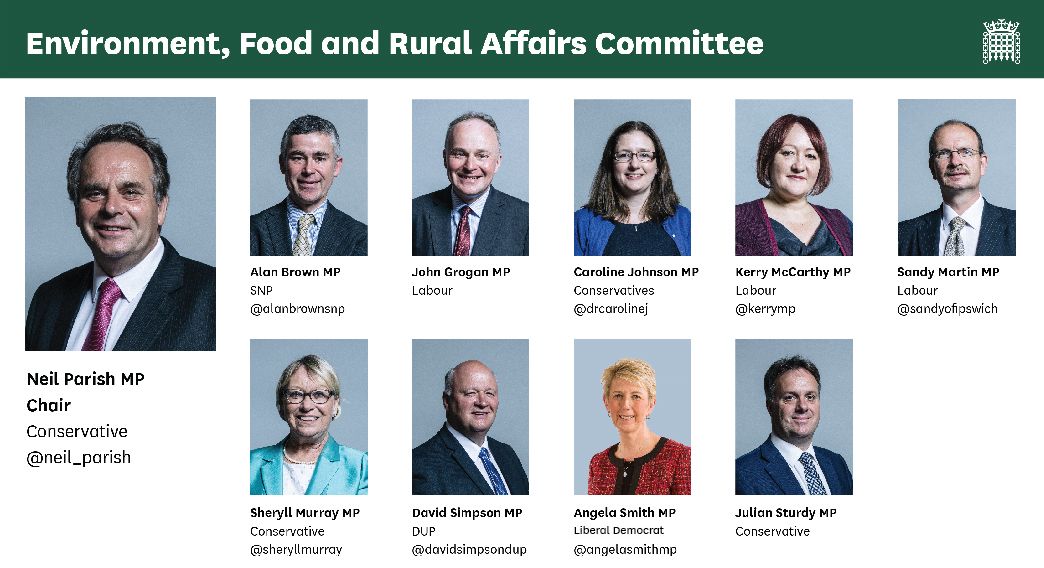Broadband and mobile coverage in rural areas
Five issues with rural connectivity
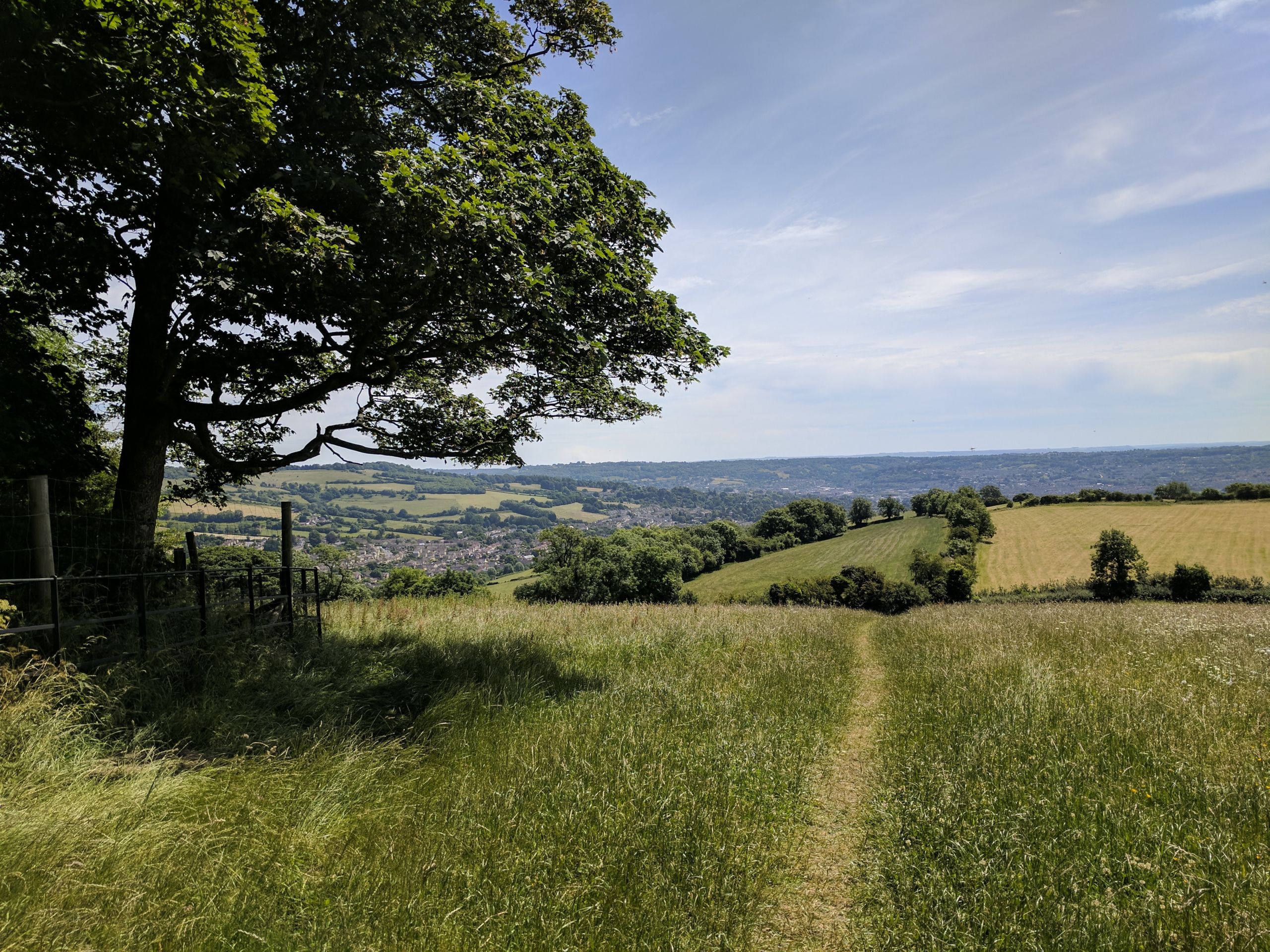
Digital connectivity is now considered by many as an essential service, with modern life increasingly difficult without it.
In 2015, our predecessor committee said that poor broadband in rural areas risked causing harm to the rural economy and leaving behind rural communities who struggled to access online services that most of the country take for granted.
Four years later, given the continued concerns from rural communities and businesses we, MPs on the Environment, Food and Rural Affairs Committee, decided to revisit the issue.

The increasing need for better connectivity
The Government has stated that broadband and mobile should be treated as a utility, like water and electricity. This is because people are increasingly becoming reliant upon good broadband and mobile data connections to complete daily tasks and access basic services, such as making payments or booking a doctor’s appointment.
People are also using increasingly more data. For example, in 2018 Ofcom stated that people used an average of 240GB a month on a fixed connection, approximately the equivalent of downloading 160 films. This was a growth of 26% from the previous year.
This trend is set to continue, with new technologies, such as full-fibre and 5G, set to deliver considerably faster speeds available to consumers.
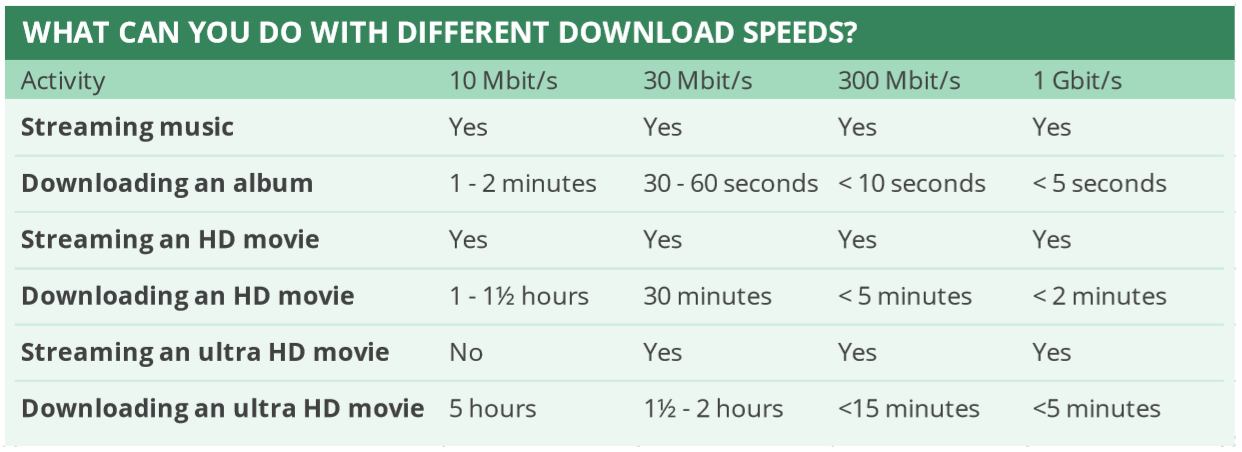

How big is the “digital divide” between urban and rural areas?
We heard that, although there has been a significant improvement in both broadband and mobile coverage since 2015, it has only barely kept up with the increasing demand. Many rural communities and businesses, particularly in the hardest to reach areas, still struggle as a result of poor or no access to broadband and poor coverage of mobile data services.
In 2019 there is still a significant gap between urban and rural areas for both broadband and mobile coverage.

For mobile services, although there has been improvement in the coverage of 4G services, there are still considerable “not spots” – areas where there is no access to any mobile network, and “partial not spots” – areas that have coverage from some but not all four of the Mobile Network Operators (EE, Vodafone, Three and O2).
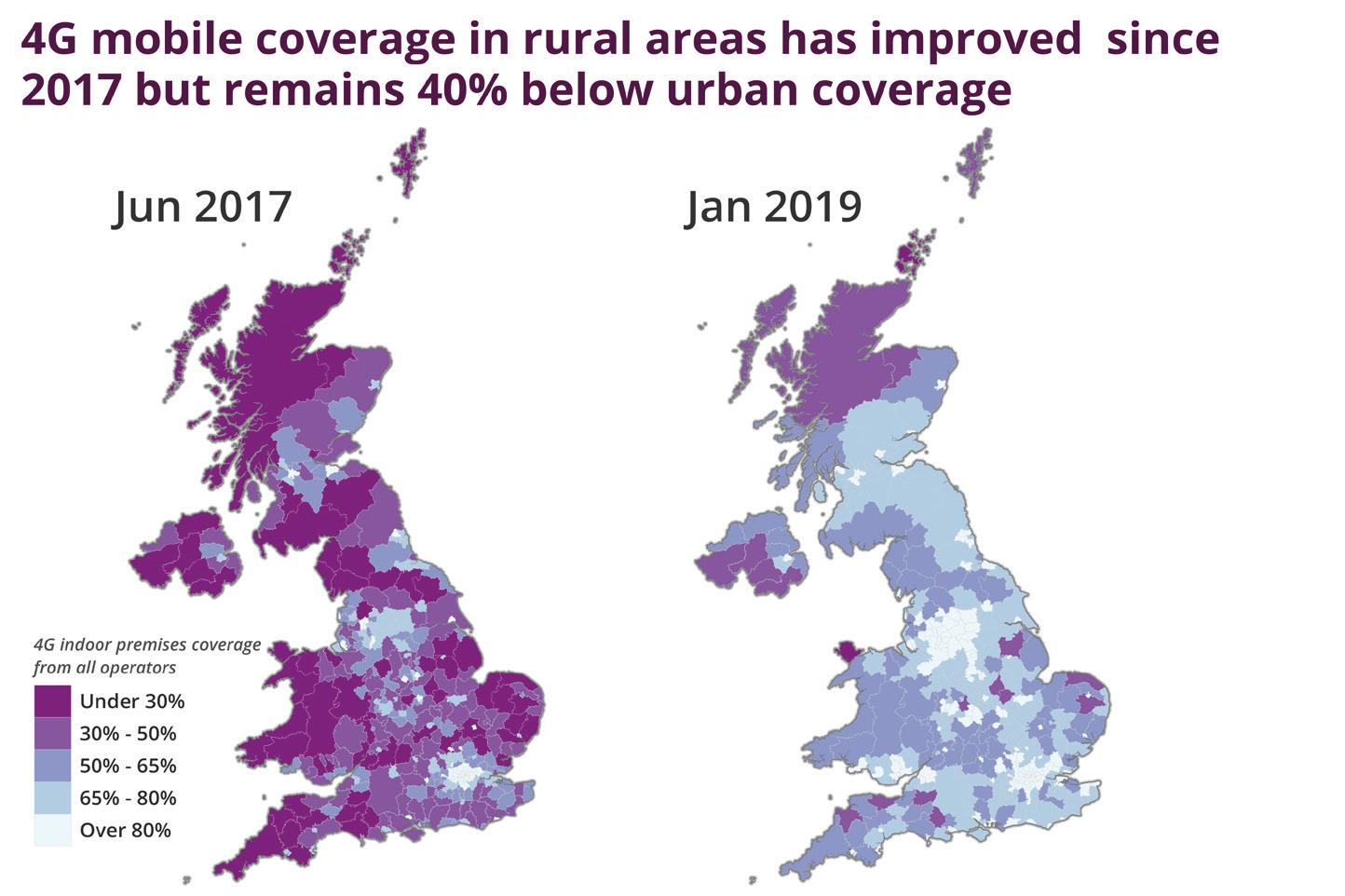
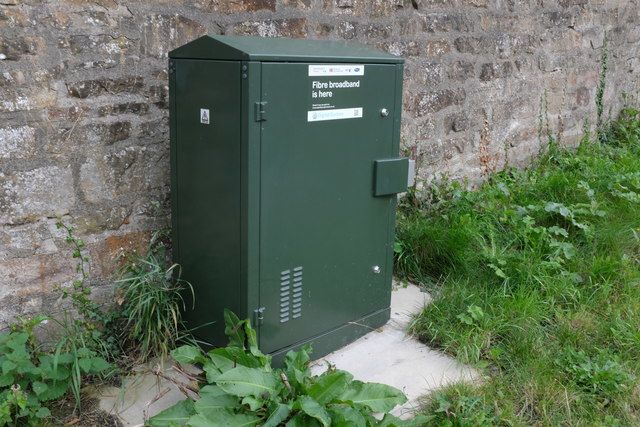
Digital public services
The need for better connectivity is in part due to the increasing delivery of essential public services online. For example, we heard from rural communities that poor connectivity has had an impact on:
- Health and social care, with online access being increasingly relied upon for health appointments and an increasing emphasis on “digital healthcare” solutions;
- Education, with children increasingly being set homework tasks online;
- Farm payments, with many farm governance activities using online systems;
- Tax returns, with the Government introducing its “Making Tax Digital” reforms.
In addition, in order to save money and make efficiencies, we heard that local councils were increasingly becoming reliant upon delivering online services, despite some rural areas not having reliable connections via which to access them.
The Government assured us that no public service is delivered solely online. However, it is clear that people in rural areas experience barriers to using basic public services because of poor connectivity
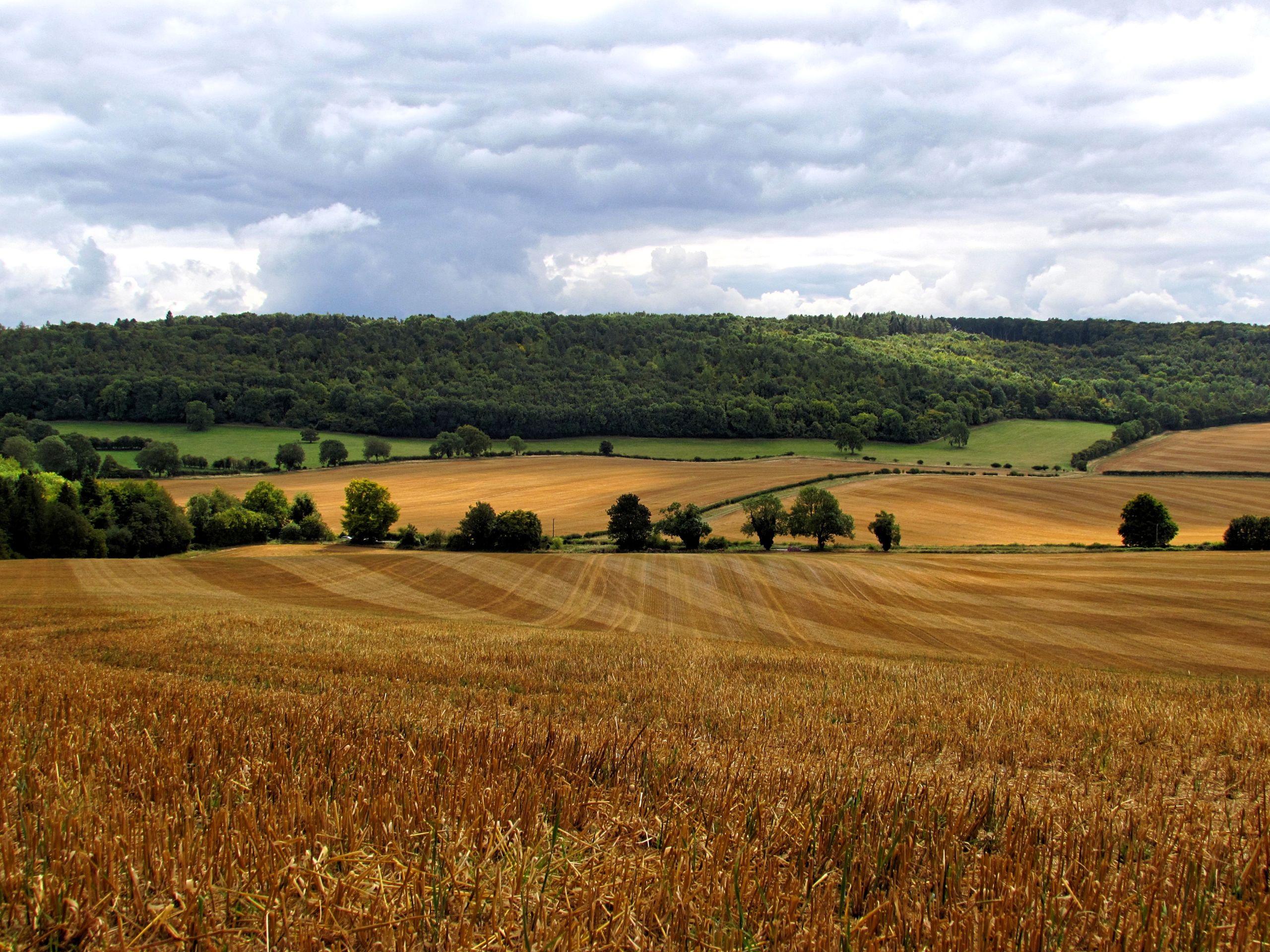
What has been done already?
The Government has recognised that connectivity must be treated as a utility with its introduction of the broadband Universal Service Obligation (USO). The USO is intended to act as a “safety net” for those who do not have access to a decent and affordable connection. It promises download speeds of 10Mbps and upload speeds of 1Mbps. Consumers will be able to request connections from March 2020.
The Government has also announced various funding initiatives and outlined a commitment to an “outside-in” approach for full-fibre roll out, meaning that some rural areas will receive priority.
The new Prime Minister has also promised to deliver universal full-fibre broadband by 2025. At the time of our public evidence sessions, the Government’s target for full-fibre was 2033.
For mobile coverage, there are currently discussions underway between the Mobile Network Operators and the Government over a proposed “Shared Rural Network” to improve coverage. This proposal suggests “enhanced mast sharing” to improve mobile coverage.
Our Report has highlighted 5 main issues with rural connectivity

One
Government policy has failed to reduce the digital divide between urban and rural areas.
The gap should not be allowed to get wider with the increasing availability of full-fibre broadband and 5G mobile technology.
The Government should continually invest in rural areas to reduce the divide between urban and rural areas, and between rural villages and sparser rural settlements. The Government should also set specific targets for reducing the gap in connectivity between urban and rural areas.
Two
Delivering increasingly digital public services, before tackling the issue of poor broadband and mobile, has made life more difficult in rural areas.
Government must prioritise delivering improved connectivity for people, most commonly in rural areas, with no access to adequate broadband or reliable mobile signal.
Three
The current specification for the Government’s universal service obligation is inadequate and unambitious for rural areas.
Our evidence has suggested that the obligation is not truly “universal” with some people still set to miss out. Its minimum download speeds have also been set too low given the increasing need for faster speeds.
The Government should review the USO specification as soon as possible.
Four
It is not clear how the Government will meet its accelerated target of universal full-fibre by 2025.
We welcomed the new Prime Minister's ambition for rural areas. However, the previous digital Minister told us that this target was “not physically possible”.
The Government needs to outline as soon as possible how it aims to achieve its new target for full-fibre broadband.
Five
Rural communities have been told to 'wait and see' for too long when it comes to improvements in mobile coverage.
We recognise the benefits that increased mast sharing between the Mobile Network Operators could bring to improving connectivity. We await announcements over the proposed Shared Rural Network.
In the absence of an agreement, the Government should support a “rural roaming” solution – which would allow customers to roam onto other networks where there are gaps in coverage.
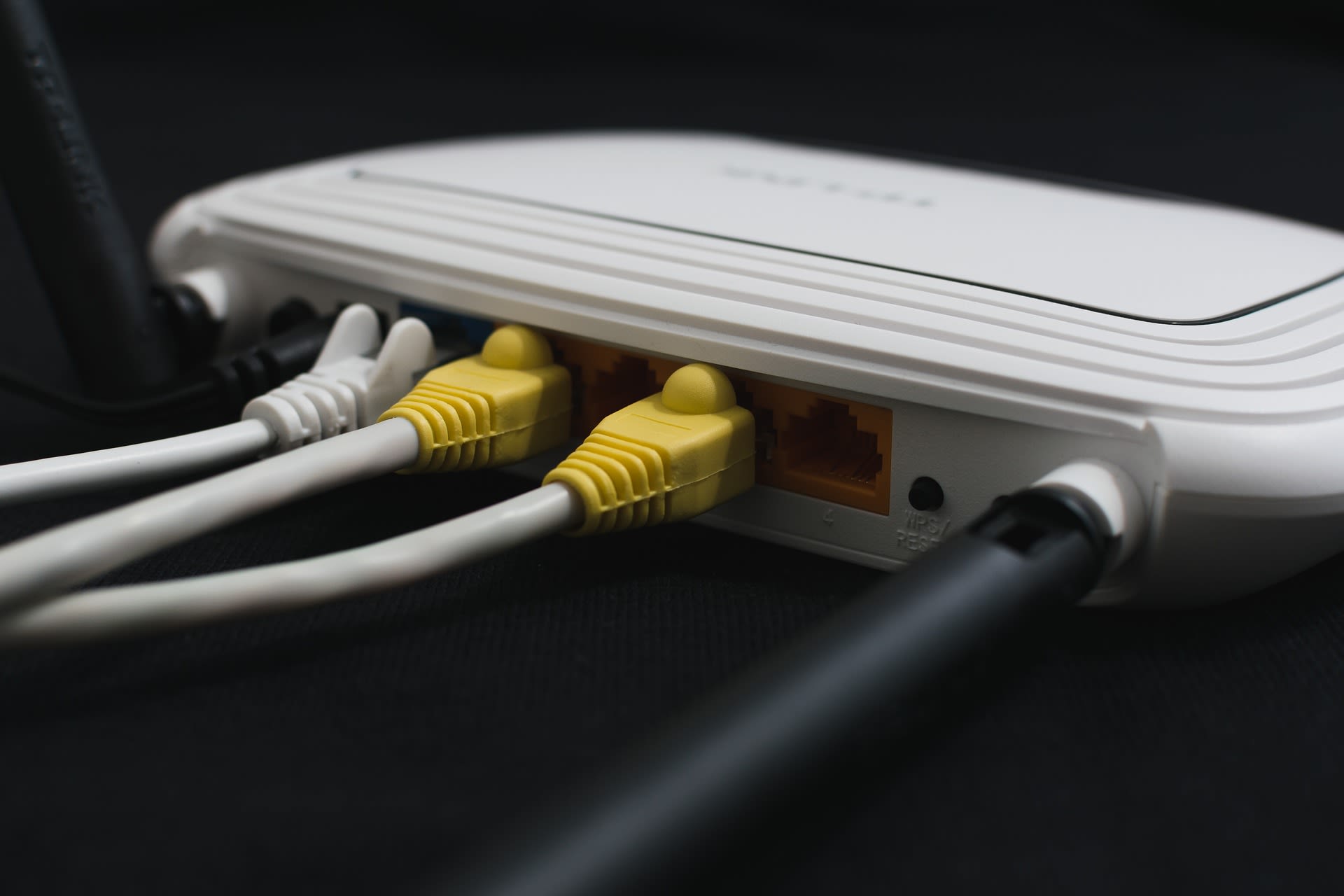
The Government must now respond to our report
Our report 'An Update on Rural Connectivity' was published on 18th September 2019 and the Government has two months to respond to our recommendations.
Detailed information from our inquiry can be found on our website.
If you’re interested in our work, you can find our more on the House of Commons Environment Food and Rural Affairs Committee website. You can also follow our work on Twitter.
The Environment Food and Rural Affairs Committee is a cross-party committee of MPs that scrutinises government policy on Tax
